Cameras are the most ubiquitous ADAS / Autonomous Vehicle (AV) sensor for both display and computer vision. Typical applications include surround view and teleoperation display, object detection for collision warning and automatic emergency braking (AEB), or traffic light and sign recognition.
To achieve subjectively good image quality (IQ), the camera’s ISP parameters must be tuned for each specific lens and sensor configuration by experienced ISP/IQ engineers, a many-month process in the lab and field. While intensive, an experienced imaging team can converge to good visual IQ.
But for computer vision (CV), it is impossible to equate good visual IQ with what’s needed for a specific CV algorithm. Applying rules of thumb, such as increasing sharpness or contrast, may improve results in certain cases but is not robust or generalizable to all imaging scenarios or vision requirements. The work has shown that for any CV algorithm, a camera’s ISP must be specifically optimized based on its structure, task, semantics, training, and bias.
This talk will:
Provide an overview of a typical ISP image quality tuning process
Review image quality metrics and visual results of a baseline image quality tuning
Introduce an automated workflow achieving optimization of an automotive ISP for computer vision in only days
Present results from work with an automotive provider delivering optimized computer vision metrics for an object detection algorithm


